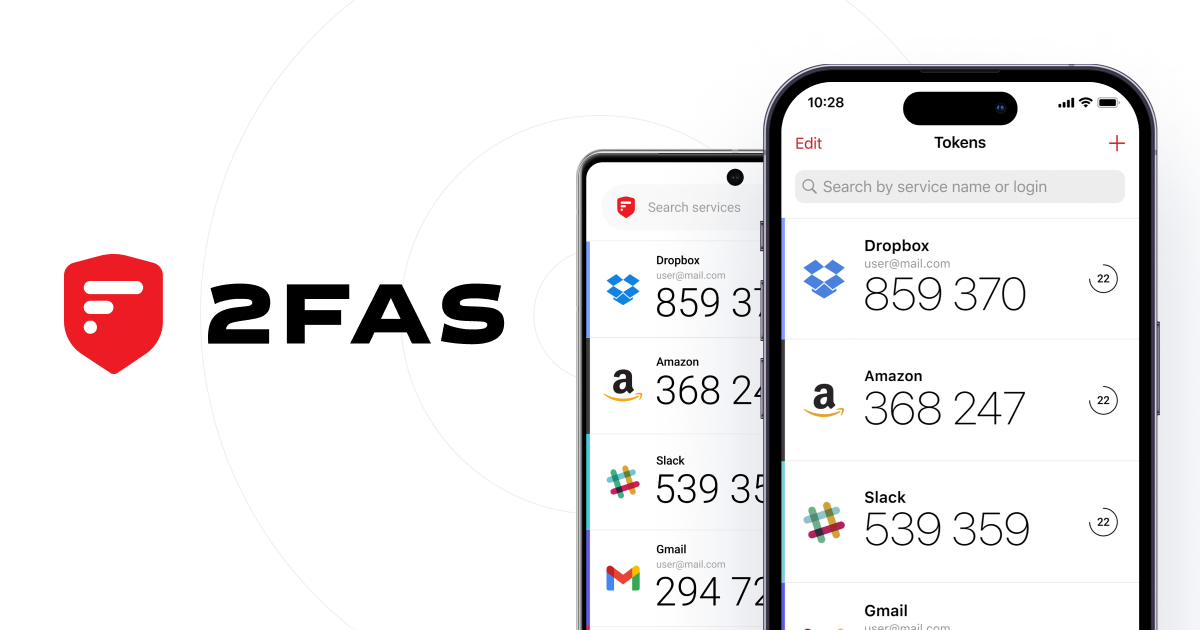Two-factor authentication (2FA)

As digital threats continue to advance, more than just a password is required to protect our online accounts. Two-factor authentication (2FA) acts as an extra password, an additional layer of security that makes it significantly harder for unauthorized individuals to access your personal and sensitive information. In this era of cyber insecurity, 2FA is no longer an option—it's a necessity.
Why a "Second" Password is Critical
The "second password" required by 2FA is a dynamic and temporary code you need to access your account, in addition to your regular password. Unlike your main password, which is static and constant, this code is regenerated at each login attempt, offering a powerful barrier against intrusion attempts.
To avoid the well-known security vulnerabilities with SMS-based 2FA, it's strongly recommended to use an authentication app installed on your mobile phone. These apps generate a six-digit code that you must enter after your password when logging into an account from a new device or browser. This code is automatically renewed every 30 seconds, making it nearly impossible for attackers to use a compromised code.
How 2FA Works with an Authentication App
- Install an authentication app: Download and install an authentication app on your mobile phone. Popular options include 2FAS on iOS and Aegis on Android.
- Activate 2FA on your account: Go to the security settings of the account you want to protect and select the option for two-factor authentication. Follow the instructions to link your account to your authentication app.
- Scan the QR code: When you activate 2FA on your account, you will often see a QR code on the screen. Open your authentication app and use it to scan the QR code. This links your account to the app and begins generating temporary codes.
- The next time you log in to your account, after entering your password, you will be asked to enter the six-digit code displayed in your authentication app. Since this code changes every 30 seconds, it provides a time-sensitive verification that further strengthens your account's security.
Why Authentication Apps Are Preferred
Using an authentication app for 2FA offers several advantages over SMS-based 2FA. First, it's safer; app-based codes are protected from the types of attacks that can target SMS, such as SIM swap or hijacking. Second, it's more reliable; you can always access your code even if you don't have a mobile signal or data connection. Remember to enable "sync," either with iCloud on iOS or a similar system on Android.
Conclusion
By incorporating an authentication app into your 2FA process, you make your digital defense stronger and more resilient against cyber threats. Having a "second" password is a simple, yet extremely effective, way to ensure that your most valuable online accounts remain protected, given the increasing frequency and sophistication of cyberattacks.
Links:



